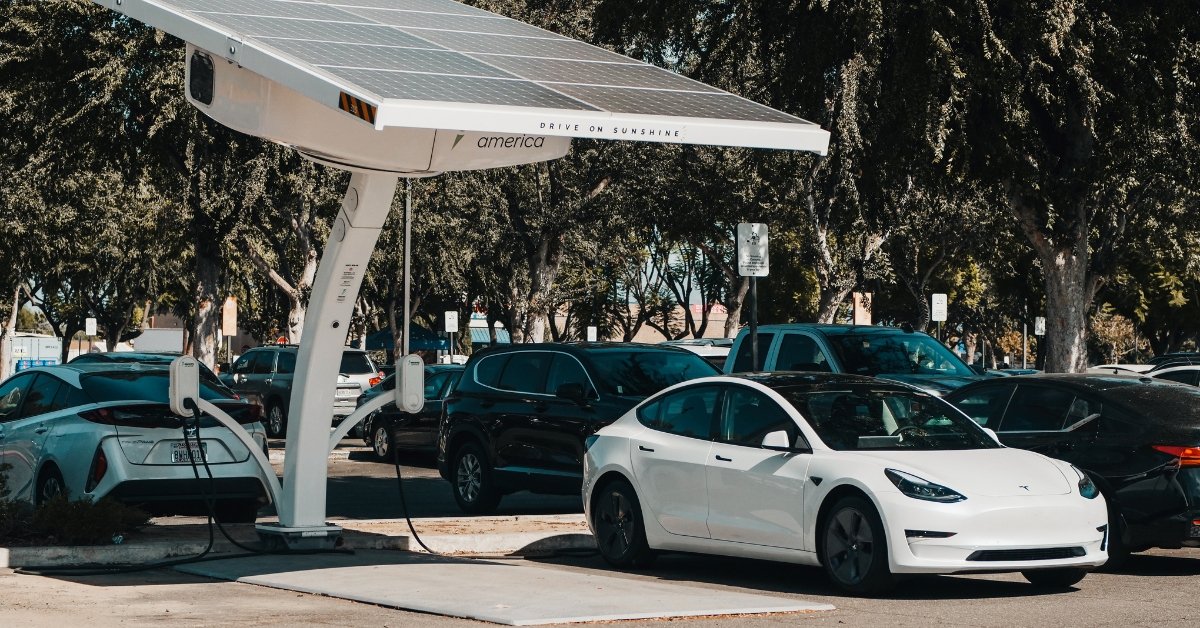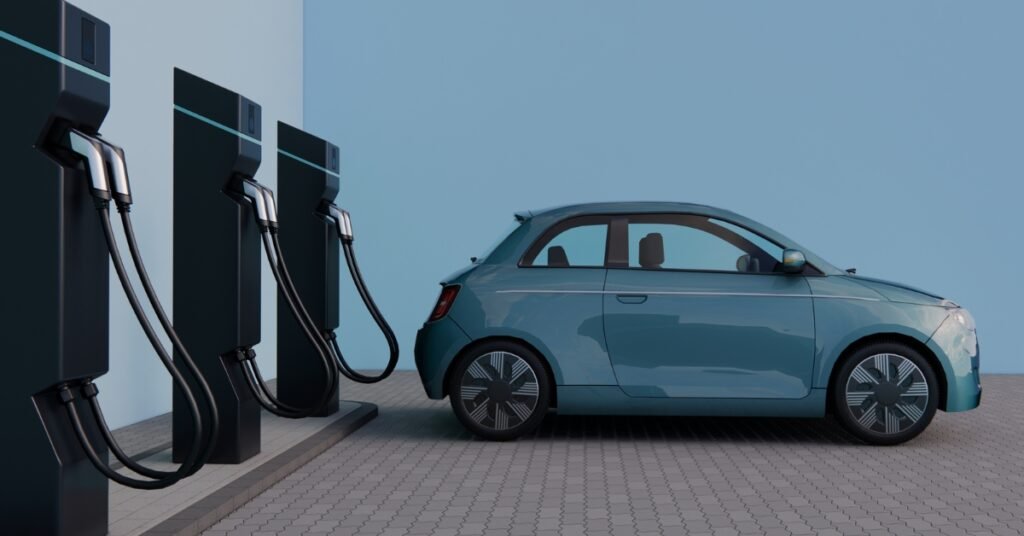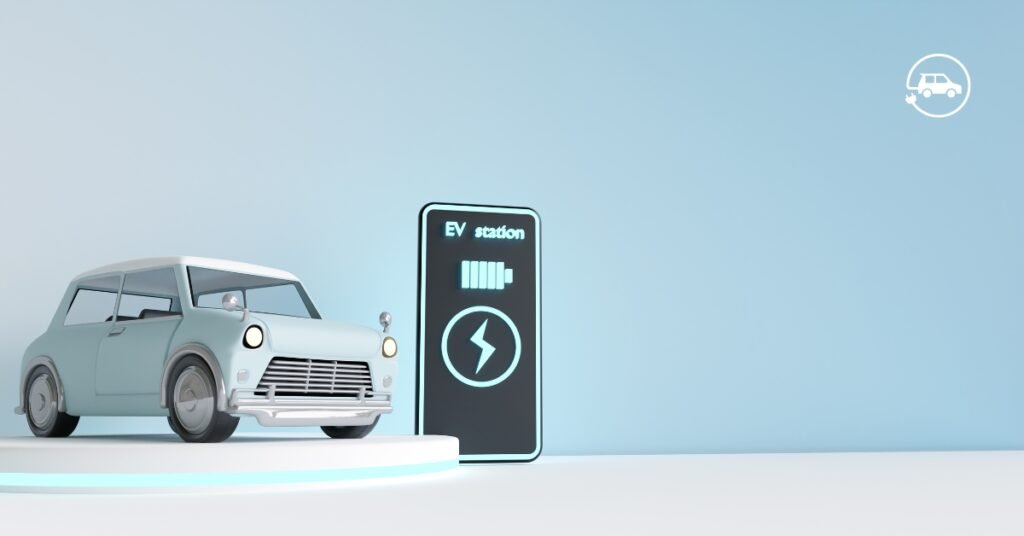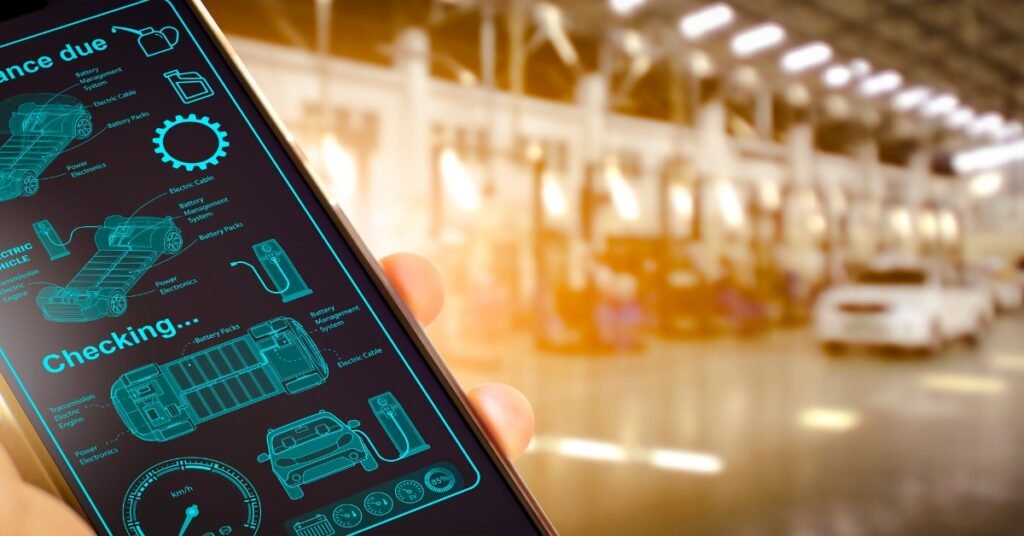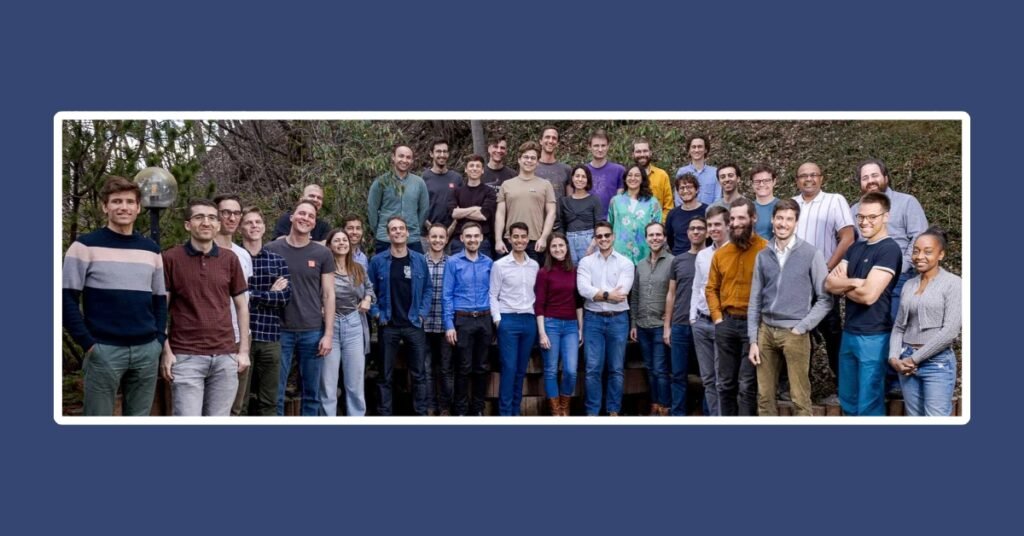Explore the surprising downsides of one-pedal driving in electric cars and get tips to avoid motion sickness for a smoother, more comfortable ride.
Table of Contents
Electric Vehicles
One-pedal driving is often promoted as a significant benefit of owning an electric vehicle (EV).
This driving method allows drivers to slow down their vehicle by simply lifting off the throttle.
However, as more Americans transition from gas-powered cars to EVs, some discover the drawbacks of one-pedal driving.
John Voelcker, a former editor of Green Car Reports and a contributing editor at Car and Driver, highlights a critical issue: motion sickness.
Voelcker explained to ABC News that strong regenerative braking, which captures maximum energy, can induce motion sickness.
“There is a learning curve to lifting off the accelerator in an EV,” he noted. “You have to modulate it.”
Voelcker’s personal experience underscores this point.
He felt queasy while riding in the back seat of a Tesla because the driver could not modulate Tesla’s strong regenerative braking properly. “I was thrown around a little bit,” he recalled.
Ed Kim, president and chief analyst of AutoPacific, identified Teslas as the “worst offenders.”
Kim says Teslas can be “very jerky and really abrupt.” He explained that many automakers tune the throttles of EVs to be jumpy, emphasizing their power.
However, this can result in a lurching motion that makes some passengers carsick.
“You have to be so careful on how to apply the throttle … if not, it can lead to an abrupt seesaw motion for passengers,” Kim added.
Impact on Passengers and Drivers
Dr. D.J. Verret, an ear, nose, and throat doctor, confirmed that motion sickness in EVs is real.
He noted that the lack of sound in an EV could worsen the experience for those prone to motion sickness.
“In combustion cars, you hear the engine revving and know someone is stepping on the accelerator.
The car moves forward. In an EV, the auditory and visual inputs do not fit your moving model,” Verret explained.
Passengers, particularly those in the back seat, are more susceptible to dizziness and nausea than drivers.
This is because drivers anticipate the car’s movements, whereas passengers do not.
Monica Jones, an associate research scientist at the University of Michigan Transportation Research Institute, has been studying motion sickness for years.
Her research indicates that longitudinal jerk—a result of regenerative braking—can significantly affect passengers. Participants in her study were “very sensitive to the jerk,” leading to increased motion sickness ratings.
Solutions and Alternatives
Despite these issues, there are ways to mitigate motion sickness in EVs.
Hyundai’s new Ioniq 5 N offers a solution by simulating a gas-powered experience with fake gearing and artificial engine noises. This innovation has been praised for providing a more traditional driving feel.
Matt Farah, host of “The Smoking Tire” podcast, found that these features effectively mimic the experience of driving a gasoline sports car.
“The synthetic gearbox and synthetic noises successfully mimic what we like about gasoline sports cars,” he told ABC News.
The Cadillac Lyriq, another EV, offers a more traditional driving experience without abrupt lurches.
Kevin Cansiani, a senior engineer at Cadillac, stated that the Lyriq delivers “seamless torque” when the throttle is pressed, providing a smoother ride.
Adapting to EV Driving
For new EV drivers, there are strategies to ease the transition.
Ed Kim suggests using eco mode in EVs to make the throttle less sensitive. This can lead to a more relaxed driving style.
He also recommends adjusting the throttle mapping to mimic a gasoline-powered car’s operation more closely.
John Voelcker advises those struggling with an EV’s stop-start manner to entirely shut off regenerative braking.
“It’s about muscle control in the foot,” he said. Voelcker believes that much motion sickness is due to the driver’s vehicle handling.
Conclusion
While one-pedal driving and EVs’ regenerative braking offer unique advantages, they also present challenges, particularly regarding motion sickness.
By understanding these issues and implementing mitigation strategies, drivers and passengers can enjoy a more comfortable EV experience.
